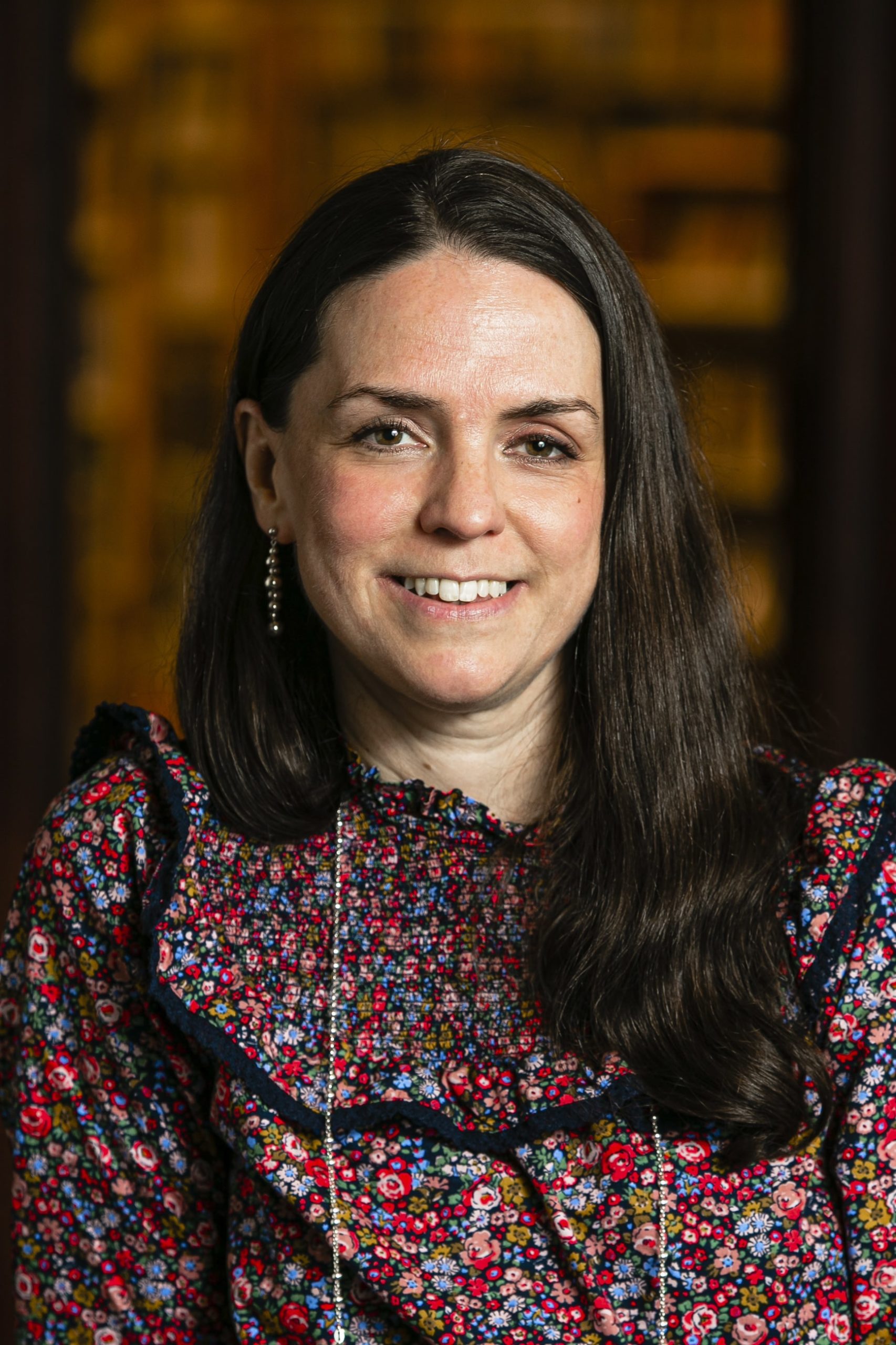
Composing for Composeher…
I have composed, on a number of occasions, for individual voice(s) set within instrumental ensembles, but this will be my first work for large a cappella choir. Key to my working method for writing this piece will be research and repertoire study, as well as workshopping ideas as they emerge, and consultation with the Glasgow School of Art Choir’s Musical Director, Jamie Sansbury. In the course of listening to, and analysing, as much (particularly contemporary) repertoire for a cappella choir as possible, I plan to explore pieces that the GSA Choir has performed in the past, as well as looking further afield. Examples are the numerous choral works by James MacMillan, Eric Whitacre, and a stunning piece I rediscovered recently: Anne Boyd‘s As I Crossed A Bridge of Dreams. I feel especially drawn to the harmonic language of this piece as well as its quietly intense character.
Critical to the success of the piece I produce will be my response to the challenges entailed in writing a work for amateur chorus. I will be striving to compose something that projects my compositional ‘fingerprints’, exploits the medium in resourceful ways – whilst being sensitive and sympathetic to it – and, hopefully, is satisfying (even if challenging or difficult to some extent) to perform.
I am particularly looking forward to the process of writing this new piece. I savour the prospect of workshopping ideas-in-progress with the choir – an opportunity that isn’t always available for new commissions, and I have already been corresponding with Jamie about ideas. I’ve had some clear ones already for the piece’s sound world – I feel drawn to the idea of using ‘building block’ elements (e.g. fragments of diatonic stepwise patterns, cluster harmonic collections, and possibly incorporating elements of indeterminate notation) but applied in ways to produce more complex and subtle harmonic and textural results.
One of my first steps has been to search for a text to set. I have cast a wide net by exploring poems by local and international writers, drawn from contemporary and ancient periods, although I haven’t discounted the possibility of writing my own text. In the most recent of my pieces to incorporate text – a trio for mezzo soprano, piano and percussion, entitled D-re-A-mi-N-gl-Y – I set three poems by E. E. Cummings. I was drawn to his poetry for its highly abstract nature and minimal content, as these qualities seemed to invite me to focus very much on the sound of words and phonemes, as opposed to narrative meaning. I anticipate being drawn to something along these lines in this new work too, but one way to take abstraction further might be to combine poems by a few different authors.
